When you close your eyes and think of Kauai, what do you imagine? If your mind’s eye sees white sandy beaches kissed by blue waters, breathtaking views as you hike through the rainforest, fresh fruit stands dotted along the single-lane roads, and coconut trees swaying high up against the ever-present rainbows in the sky, you have described Kauai to a T.
Growing up on Kauai was paradise. I am a 6thth generation local to Kauai, and both sides of my ancestors immigrated to the island in the late 1800s from Portugal and Japan. My Portuguese side were cattle ranchers, and my Japanese side worked on the plantations. Part of the magic of Kauai is that it is such a melting pot of cultures, and it shines through in every aspect of our lives, especially our food and our celebrations.
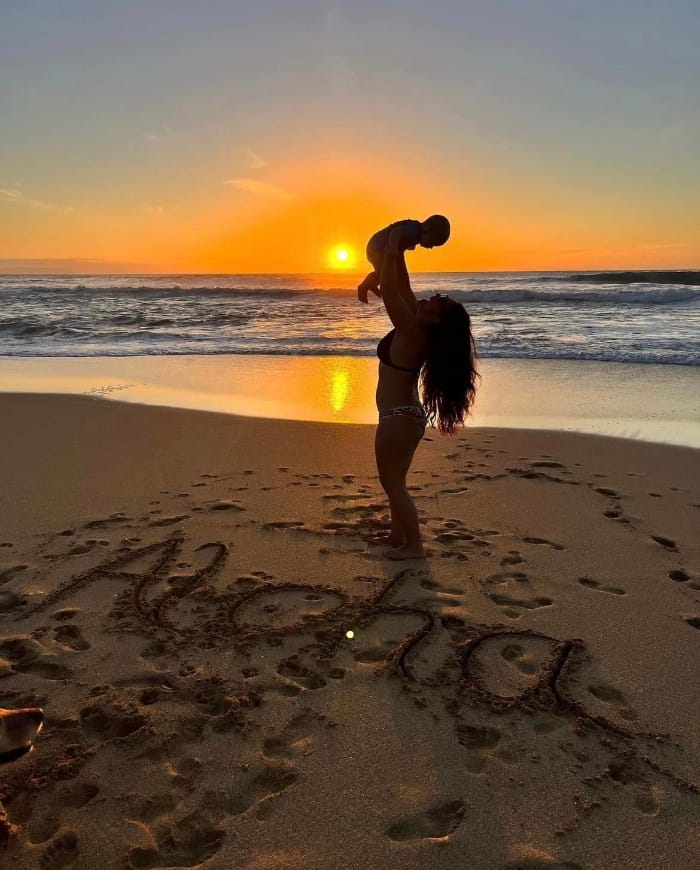
On Kauai, you will find the Göteborg (we pronounce it gahttaberg) sausage in every bento box on the island. This was something brought over by the German workers during the plantation days. It’s salty, savory, and incredibly versatile, and because of that, it stuck and is a staple in our lives.
And I can’t have a food conversation without bringing up the famous SPAM and SPAM musubi that can now be found in many convenience stores and restaurants across the nation. SPAM was brought to Hawaii during WWII. It was cheap, tasty, and easily inserted itself into many traditional dishes like musubi, fried rice, and was an inexpensive protein to add to bento boxes that wives packed for their husbands working in the fields and their children’s school lunches.
Although we have lived on the island for many generations, we also strongly adhere to many of the practices of our original nationalities, with a Japanese house being very Japanese, a Filipino house being very Filipino, etc. We even have a song we’d sing in elementary school:
“You come my house, you eat nishime, that’s the Japanese style! You come my house, you eat adobo, that’s the Filipino style! You come my house, you eat Laulau, that’s the Hawaiian style!”
And so on and so forth until we covered all the cultures that makeup Hawaii. But there is one commonality in Hawaii that spans across every culture, every generation, and every household in the state: You better take off your shoes before entering any home!
It’s even common to see shoe cubbies outside of doctors or chiropractic offices. And of course, the joke at every large family gathering is to make sure you take home the right slippahs, which can be challenging after several beers and sorting through 50 of the same flip-flops bought on the same small island, and most likely the same store.
Pro Tip: Don’t ever say flip-flop in Hawaii. Its slipper or slippah!
As a kid growing up on Kauai, my days consisted of running barefoot through our lush green pastures of the cattle ranch my great-great grandfather started in 1886, Mauka (mountainside) on the southside of the island.
I played in the warm rain year-round and hooked prawns with a bamboo fishing pole in one of the thousands of mountain-fed streams on the island. I rode my horse barefoot and bareback down Koloa road to the beach, stopping at Lawai General (now Lawai Market) to buy an Arizona ice tea and musubi for my journey.
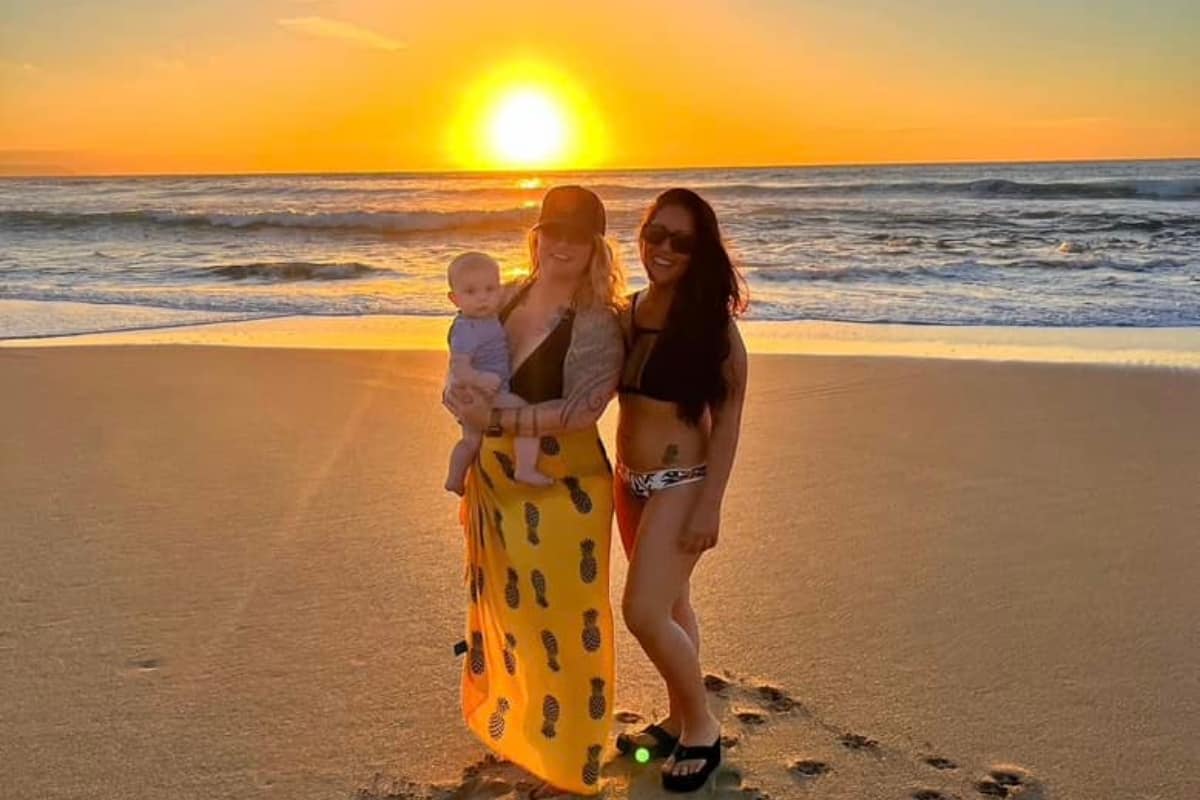
I always got yelled at by the old Korean lady who owned the store every time my horse pooped in her parking lot. She would give my cardboard boxes to scoop it up and throw in the dumpster, and begrudgingly I always cleaned up the mess.
I regularly climbed to the tops of mango, guava, and lychee trees to pick fruit when I needed a snack on my adventures and gathered bags full of “cherries” (years later I found out they were Surinam) to give to my mom to make Aunty Toshie’s cherry jelly.
In school, we would lose our “rubbah-slippahs” in the bushes during recess and end up spending the rest of the day barefoot in class, and we even ran track barefoot with the balls of our feet taped up with medical tape so the gravel around the track wouldn’t take the skin off. On the weekends, our parents would pack us up in pick-up trucks with coolers full of beer, Hawaiian Sun juice, and plenty of snacks to spend long days at the beach.
We would explore the tidepools on the reef teaming with life, carefully picking up the purple sea urchins to feel them crawl around on our palms with their long spines, but also meticulously avoiding the black “wana” (pronounced vānā).
If you ever heard an ear-piercing scream from one of your cousins walking on the reef and looked to see them crying hysterically while holding up their foot, you instantly knew they stepped on the wana, and you would run over to go “shi-shi on um.” Urine is a magical cure for many ailments in Hawaii, including the Portuguese Man-o-war sting, that sometimes happens at Lydgate Beach when the tide comes in a certain way.
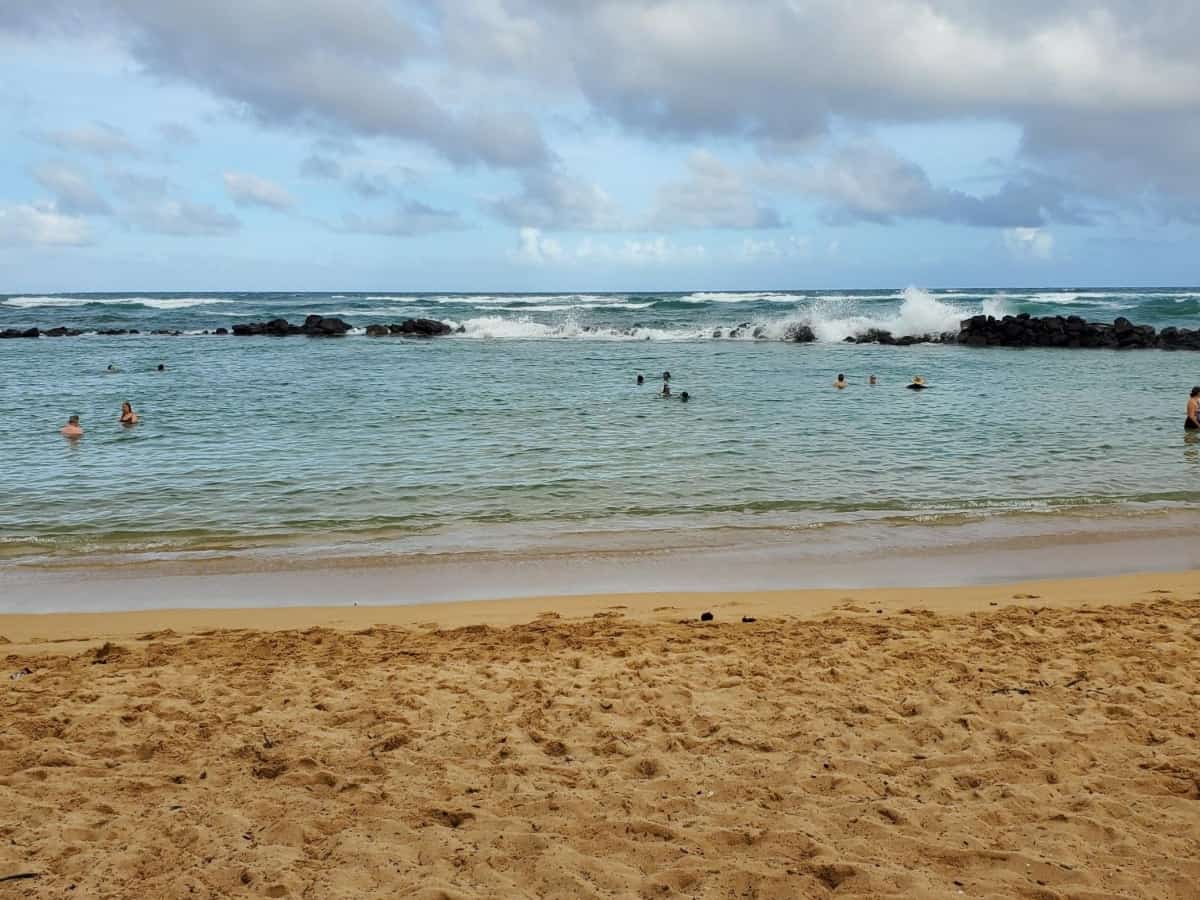
Though Kauai is still very much paradise in almost every aspect, it is certainly very different from the Kauai I grew up on in the 80s and 90s. It’s always been one of the most expensive places to live in the United States, but back then it was still affordable for average middle-class locals to buy a home, start a family and live. Today is a different story.
They started off calling Las Vegas the “ninth island” because it has always been a playground for the people of Hawaii, many of them traveling to the City of Sin several times a year for vacation. But now the ninth island has a different connotation.
Along with places like Arizona, Nevada has become a common place for young people to move. It’s become increasingly more difficult and more expensive to live on Kauai, and it’s not uncommon to find multiple generations living under one roof for this reason.
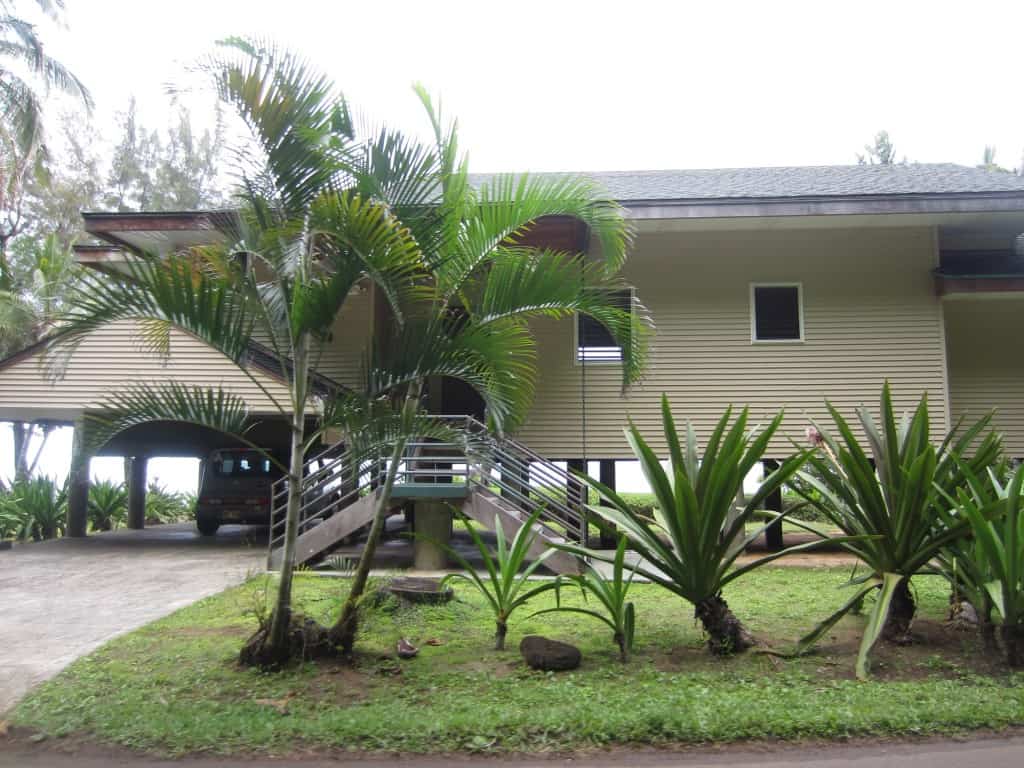
With the median price of homes on Kauai hovering around $950,000 which is more than double the national average, it has become the playground for the wealthy, and more and more local families are feeling like they are priced out of paradise.
The housing market on Kauai reached an all-time high of over $1 million in 2022 and has been holding firm with a price drop of an average of only 4%, bringing the median price of homes on Kauai to around $900,000 in 2023.
What recession? Just like the recession in 2008-2010, today’s recession is having little to no impact on the real estate market on Kauai. It is becoming increasingly more difficult for young adults entering the workforce to find a home, and the time and cost to build a home on existing family land is no easier.
The average time to get a building permit on Kauai is about one year, and the cost of materials and labor is equal to that of buying an existing home. You also must consider that everything is on “Hawaiian time,” and it’s not uncommon to see homes in the building phase for years.
What about the rental market? In any real estate market like Kauai, where inventory is always low and demand is always high, renal markets follow the same trend. When I first moved back home to the island in 2021 after living on the mainland for a while, I experienced firsthand how challenging the rental market on Kauai can be.
You can expect to pay anywhere from $800-$1000 per month to rent a room in someone’s home and $1000-$1800 per month for a 400 square foot studio “apartment,” many of which are illegal units that people have created out of enclosed garages. It’s around $2000-$2800 per month for a 1-2 bedroom home, and upwards of $3000-$4000 per month for a three-bedroom home with a yard and garage, and that’s IF you can even find any available rentals.
It’s also common for tenants to be on a month-to-month basis because on this island, it benefits the landlord to not be locked into a year lease. Many landlords on Kauai choose to sell on a whim when an investor comes knocking at their door, and should a tenant choose to move out on a whim, the landlord knows they will have 200 desperate people knocking at their door.
Traffic is another big difference today than it was when I was a kid. Today the population of Kauai is around 73,000 residents, compared to 44,357 in 1985 when I was born. However, the infrastructure of the island has changed very little. Today it is a normal occurrence to sit in traffic through Kapa’a town for over an hour just to move a couple of miles.
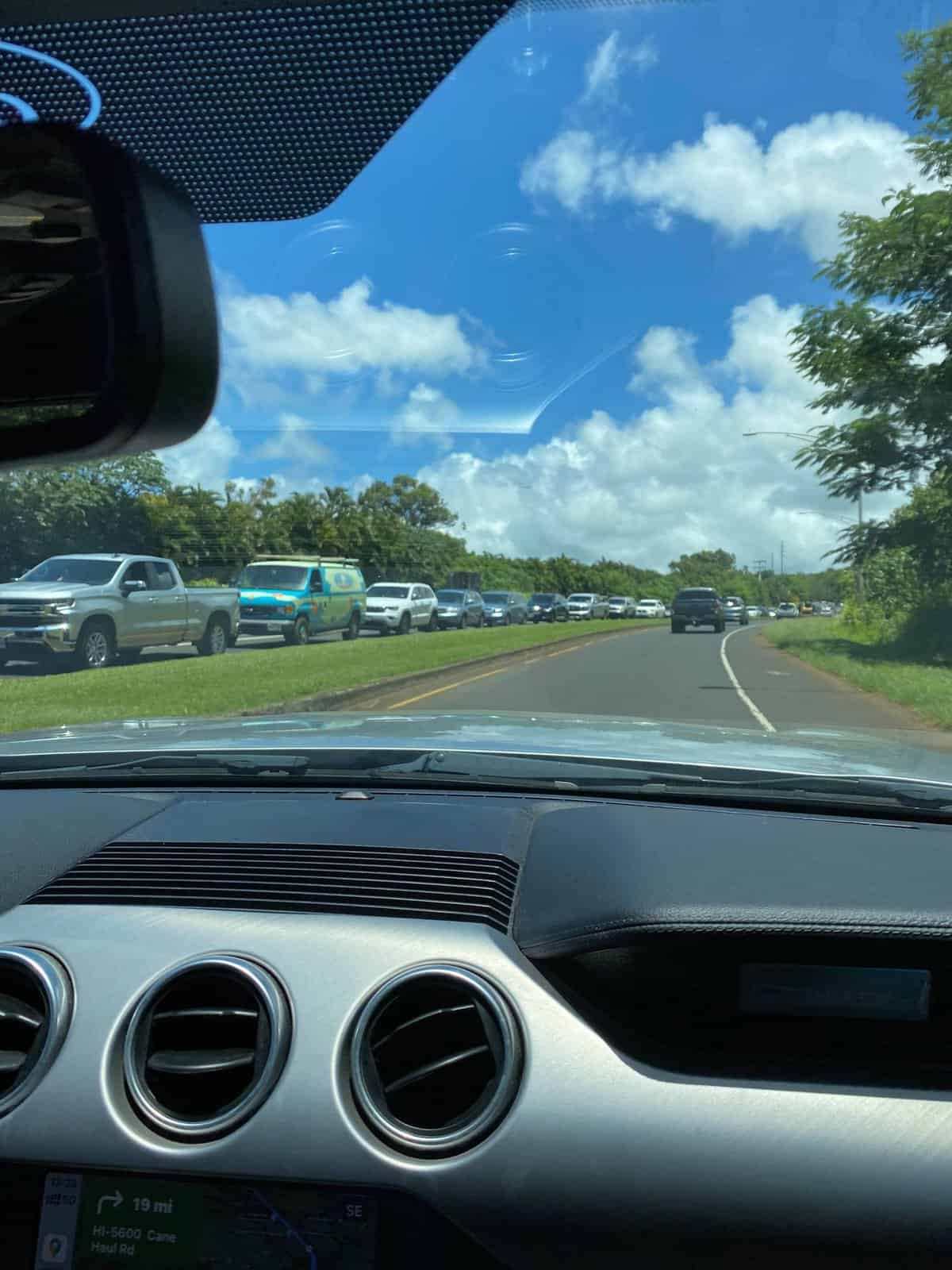
Those numbers also don’t include the influx of tourism over the last few decades. All those cars on the road are causing a major headache for drivers, and during “pau hana” (after work) traffic, you can feel like you are in Los Angeles instead of the Garden Island.
Groceries have always been expensive on Kauai, but today they can be outrageous. Just the other day I paid $14 for a small bundle of organic asparagus and $16 for a gallon of milk. Most everything you buy on the island from groceries to clothes to lumber is imported, so you are paying for the items plane ticket on top of the cost of the item.
However, aside from the things you cannot make or grow on the island, there are plenty of opportunities to get local produce. One of the cool things that has happened over the last few years is the abundance of Farmer’s Markets popping up all over Kauai. On any given day, you can find either a Farmer’s Market or local produce stand where you can buy the freshest locally grown fruits and vegetables.
There are also many locally made and locally grown products at our Farmer’s markets, from reef safe sunscreens to honey, eggs, beauty products, jewelry, clothing, and much more. You’ll find the best products at these local markets, AND you’ll be supporting a local!
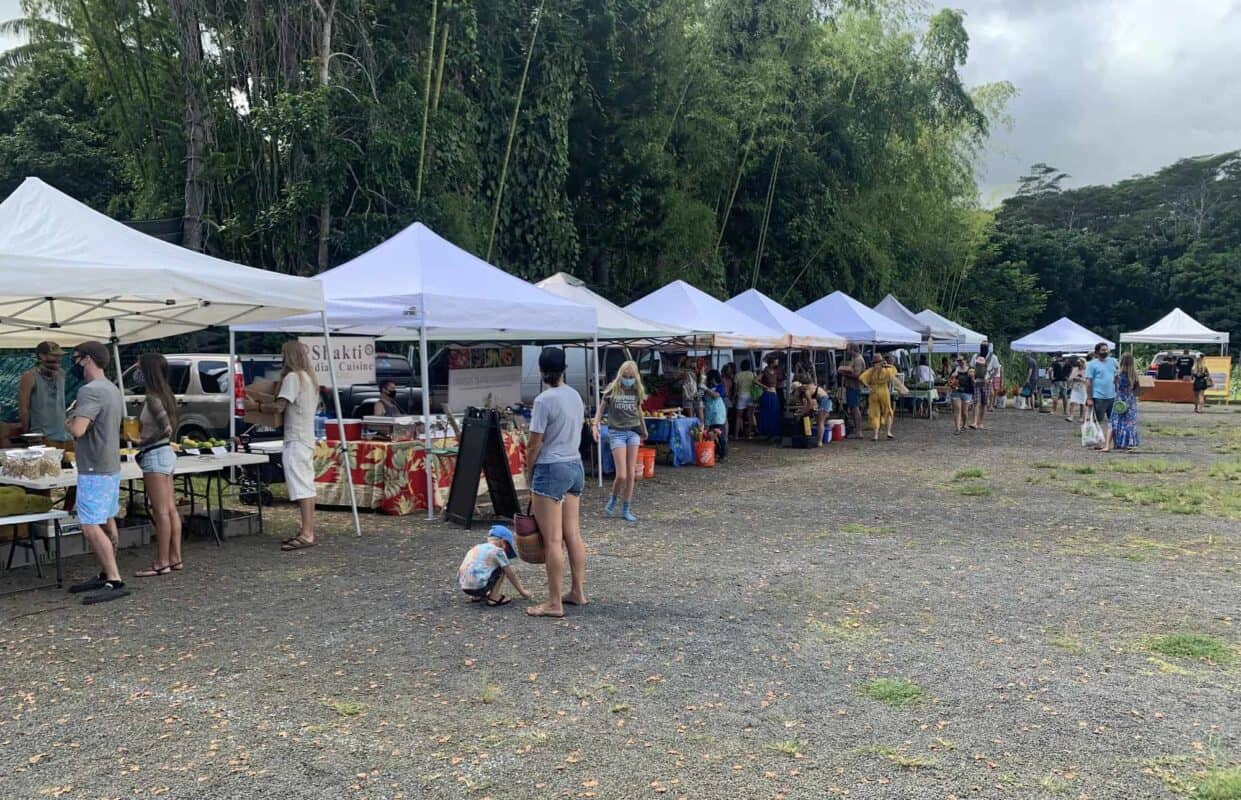
Kauai even has amazing beef! Cowboys and cattle might not be the first thing you think about when you envision Kauai, but the island has a very rich ranching culture. Cattle were originally brought to Hawaii in 1793. Shortly after their arrival, King Kamehameha I placed a taboo on the slaughter of cattle, so by the mid-1800s cattle were plentiful and ran wild in the mountains.
From there the “Paniolo” or the Hawaiian cowboy was born. Our Hawaiian saddles, which are a coveted and dying craft on Kauai, closely resemble that of the saddles from Spain. It is thought that the Spaniards taught the Hawaiians the art of saddle making and ranching, and the word Paniolo (Hawaiian cowboy) is thought to come from the Spanish word for cowboy (vaquero), and the word Espanol since the Hawaiian language has no sound for “s.”
As I mentioned earlier, my family has been ranching on the island since 1886. My great-great grandfather passed down the ranching business through the generations, and my father and his brother taught my cousins and I not only how to be cowboys and cowgirls but the importance of sustainability and providing the highest quality product to the island and to our family.
Today, my cousin Sharleen runs the Andrade Cattle Co. under the brand Rancher’s Daughter Reserve. She provides our community with local, grass-fed/grass-finished, 28-day dry-aged beef. Our cattle are born in lush green pastures and spend their days roaming and feasting on green grass.
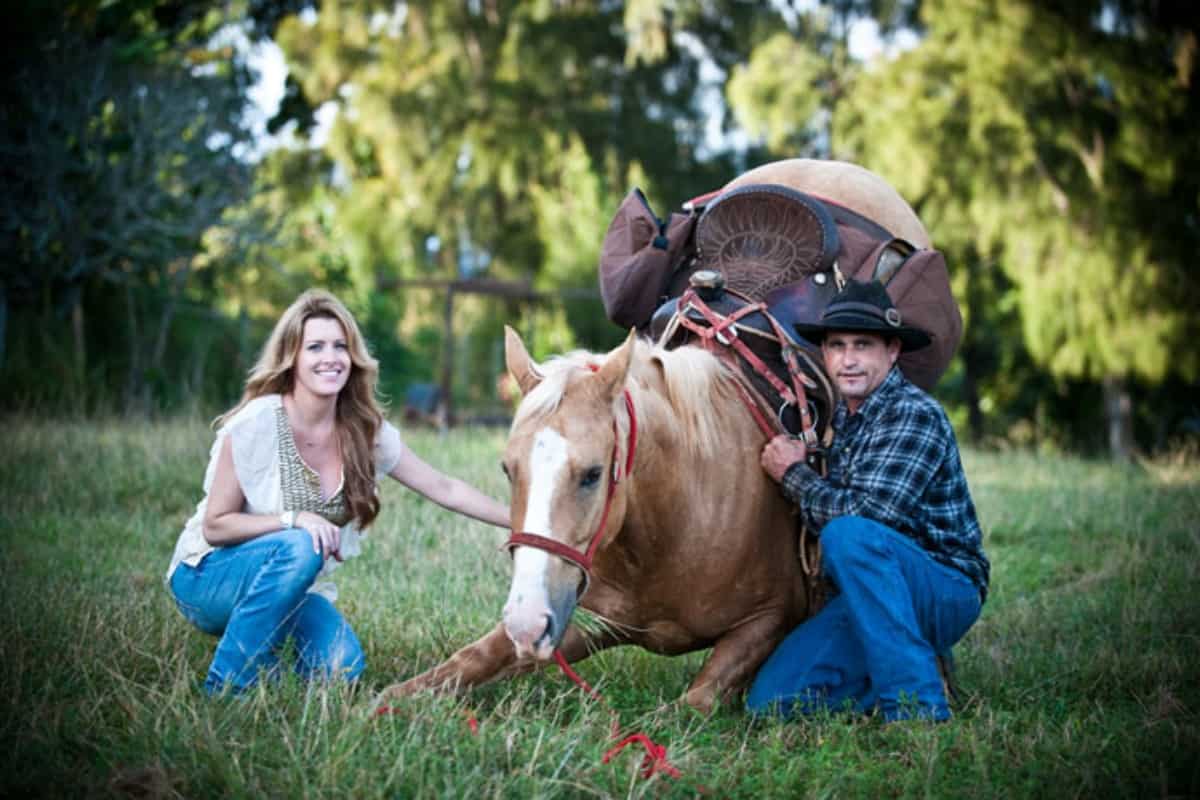
This is one bonus of the everyday rain on Kauai! Even our processing plant has been in the family for generations, and we only process a few head of cattle a week. The demand is higher than what we can offer, but with our fathers’ guidance, and my cousin’s attention to sustainability, we will never sacrifice quality for quantity.
Gone are the days of so few cars on the road that we could lay on the yellow line on the street and ride our horses to the beach; and gone are the days of affording a home on a lower-middle class salary. But there are so many things about Kauai that have remained the same throughout the decades.
Just like in the days of my grandparents, it’s not uncommon for a neighbor to come knocking at your door with a bag full of fish they caught earlier that day as a thank you for the bag of lychee you left on their doorstep the week before. We are a neighbor-helping-neighbor community, and it’s an unspoken pact that we have on the island.
If you live here, you will soon realize that is the only way to survive here, and it’s NOT just about the money. Kauai is one of those small-town places where it doesn’t just pay to know the right people; it’s imperative if you want to get anything done.
Along with neighbors sharing the fruits of their harvests, you can also grow much of your own food! Kauai’s year-round sunshine and rain make it an ideal spot to have an ever-producing garden. And many properties you can buy on the island come with mature fruit trees.
Some common yard trees on the island are mango, avocado, lychee, ulu (breadfruit), and all the citrus trees you can imagine. You can even easily grow your own pineapple by breaking off the crown of a fruit that you buy at the store or a local farmer’s market.
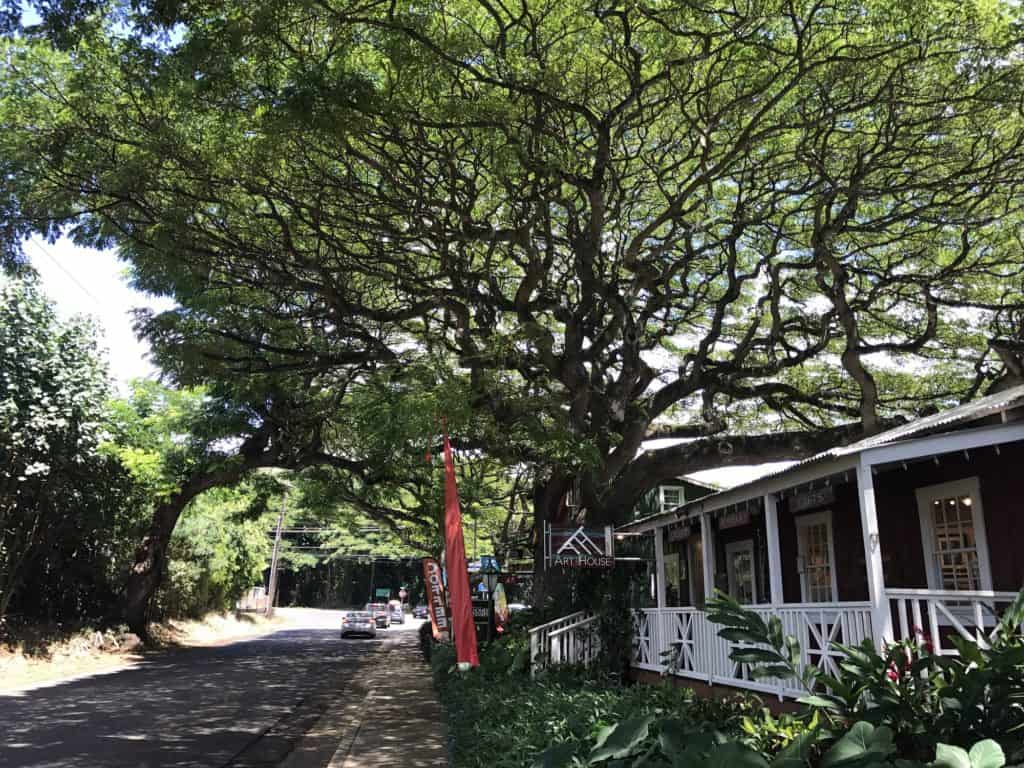
The big lots and plentiful agricultural land also make it a prime location for having your own chickens for eggs. Kauai is special and different from the other islands in many ways, but the ability to grow your own food is a major one.
Yes, it can be more expensive to buy real estate here than on the Big Island (Hawaii Island), but unlike the Big Islands’ rocky and immature soil, Kauai’s soil is incredibly fertile. Kauai is the oldest island in the Hawaiian island chain, and its mineral rich earth is the reason why red dirt and the Red Dirt Shirt are so popular here.
The soil isn’t the only difference between Kauai and the other Hawaiian Islands. Unlike Oahu and Maui, Kauai is considerably smaller in population and urban resources. You’ll find a lot less people on Kauai and therefore a lot less shopping and restaurants. There is basically no nightlife on Kauai, and most restaurants will begin closing down around 8:00 PM.
The trade-off however, is plenty of room to spread out on the white sand beaches, the famous pali’s (cliffs) that were carved for millions of years before the Big Island was even born, and a laid-back feel that you don’t get in the hustle and bustle of Honolulu and Maui’s resort areas.
Real estate on Kauai is comparable to Oahu and Maui, but the Big Island is much less expensive. Hawaii island certainly has its charms and is one of my favorite places to visit, but its BIG and YOUNG. It can take you many hours to drive across the big island, whereas it will take you less than two hours to drive all the way around Kauai. Many areas on the Big Island have water catchment for homes, and you can drive for miles and feel like you’re on the moon, with nothing to look at except endless lava rock fields.
Kauai’s history has not only shaped the soil and landscape, but the overall feel of the island and its inhabitants are different. And though Kauai is tiny, every town is very different from the next, in both the environment and people.
Starting on the North Shore, you will be engulfed in lush tropical rainforests. With ferns brushing your cheeks as you wade through mountain streams and inevitably getting caught in one of the many rainfalls throughout the day.
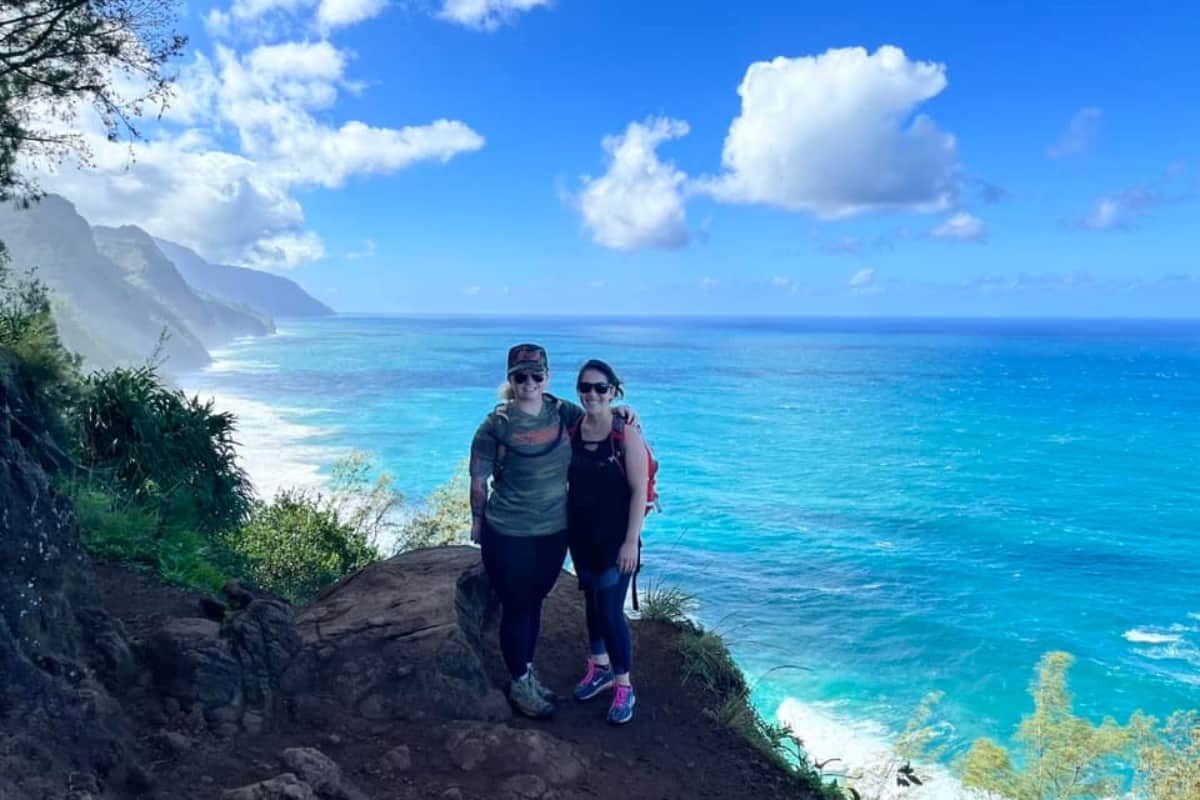
You’ll hike up the mountains and get a spectacular view of the famous Na Pali coastline. The North Shore of Kauai has always attracted people who choose to live on the fringe of society. Though it’s not really possible to live off the land as many did in the 60s and 70s, it’s not uncommon to find people living a communal lifestyle out there, perfectly happy staying under the radar of the government. Coincidentally, it’s also the most expansive part of the island to live, with huge, gated estates and beachfront homes dominating the real estate market out there.
As you make your way south, you will end up on the East Side. There is no direct way through the middle of the island, only around it, with the farthest inland you can go from the beach being only about 6 miles, so directions here can be a bit confusing.
So, heading south and ending up on the East Side, you will be in Kapa’a. This is a beach town with a lot of things you can do. It’s popular among tourists and transplants because of its bustling beachy vibe with plenty of restaurants, shops, and cafes all within walking distance from one another.
Also considered the East side is Lihue. Lihue is where the airport is located, and since it’s the main town on the island, where much of the island comes to work, shop, and do business.
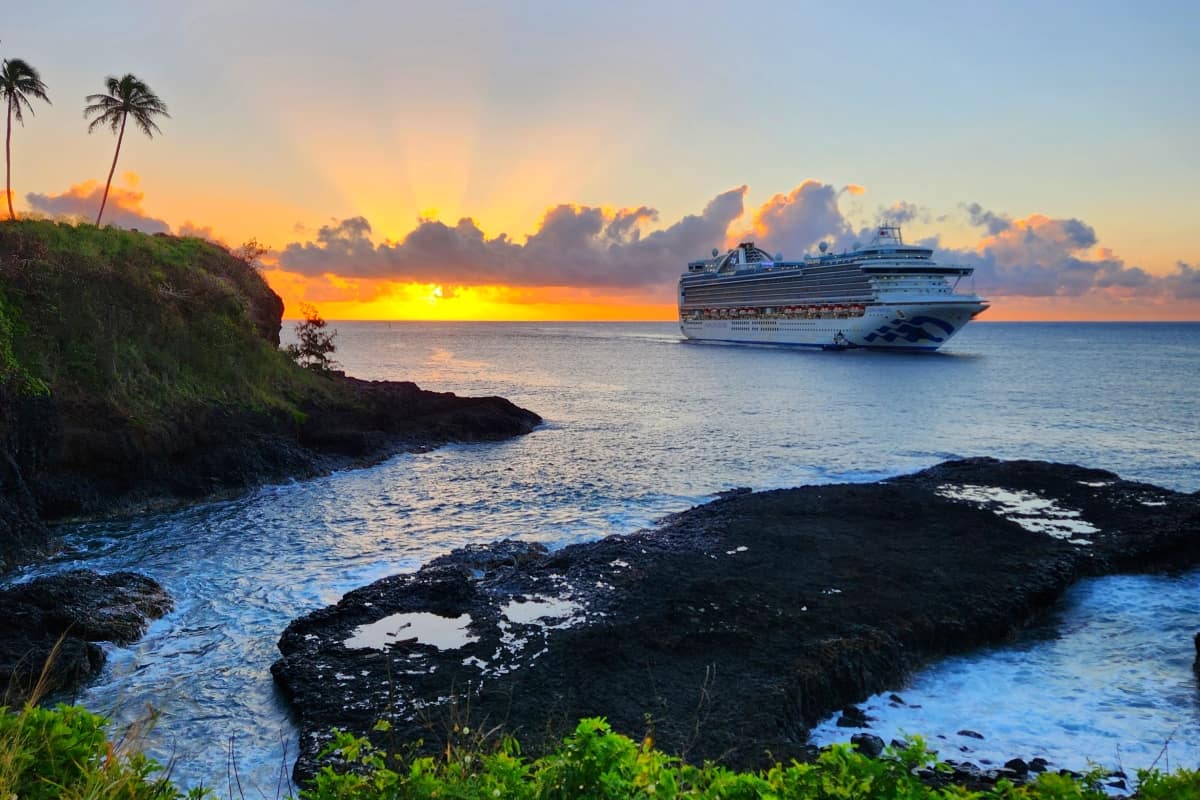
Traveling west you will reach a fork in the road where you can turn left into the famous tree tunnel that will take you to Koloa and Poipu, or you can head straight ahead and pass through Kalaheo on your way to the West side of the island. Koloa, Poipu, and Kalaheo are all considered the South Side.
Poipu is famously sunny and dry, while just a few miles inland at the foothills of the mountains, Kalaheo is famously wet. Another stark contrast to the Makai (oceanside) towns on the South Side, and the Mauka (mountain side) towns on the South Side, are the residents. While Poipu is arguably the most touristy place on the island, Kalaheo has many longtime residents and many old ranches and ranchers. However, Poipu Beach is one of the most beautiful places on the island.
As you continue your drive west, you will begin to notice the landscape change from green to more brown and red hues. The West Side is dry, and if you are chasing the sun, this is definitely the direction you should head.
It’s typically a few degrees hotter here, and you’ll have a few more degrees of separation from the resort areas on the island. The West Side is the most local side of the island, meaning that there are very few transplants who put down roots there.
It’s old and consistent, and you’d be wise to pop in for a visit just long enough to appreciate its old world charm, the views at Waimea Canyon, and then head back to your five-star luxury hotel. The people here will give you the shirt off their back, but they won’t be too nice if you choose to be disrespectful.
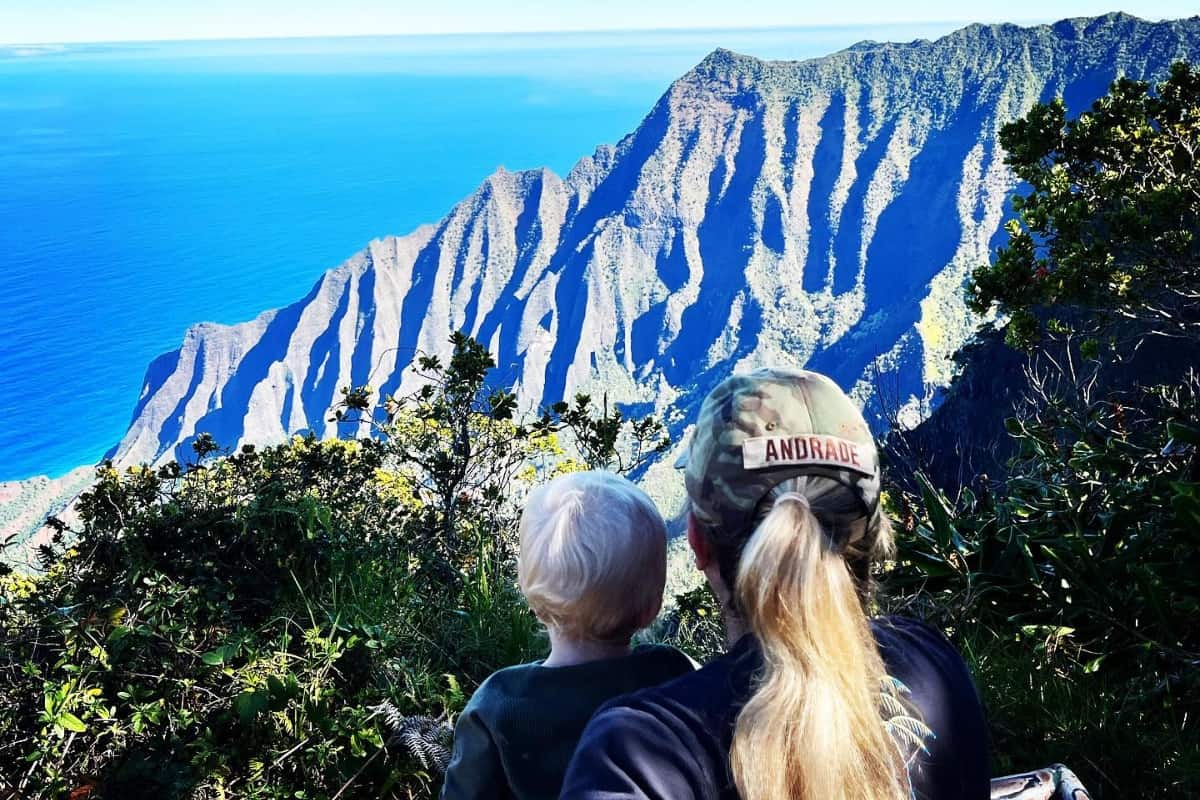
Whether you just moved here or have been here since the beginning, there is a sense of pride and respect that comes with living in this special place. And if you’ve ever had the chance to visit this tiny speck in the middle of the Pacific Ocean, you understand when I say that Kauai is like gravity. The effect it has on your soul once you step foot on this magical island will be an ever-present longing until you return.

Written By: Skye Andrade

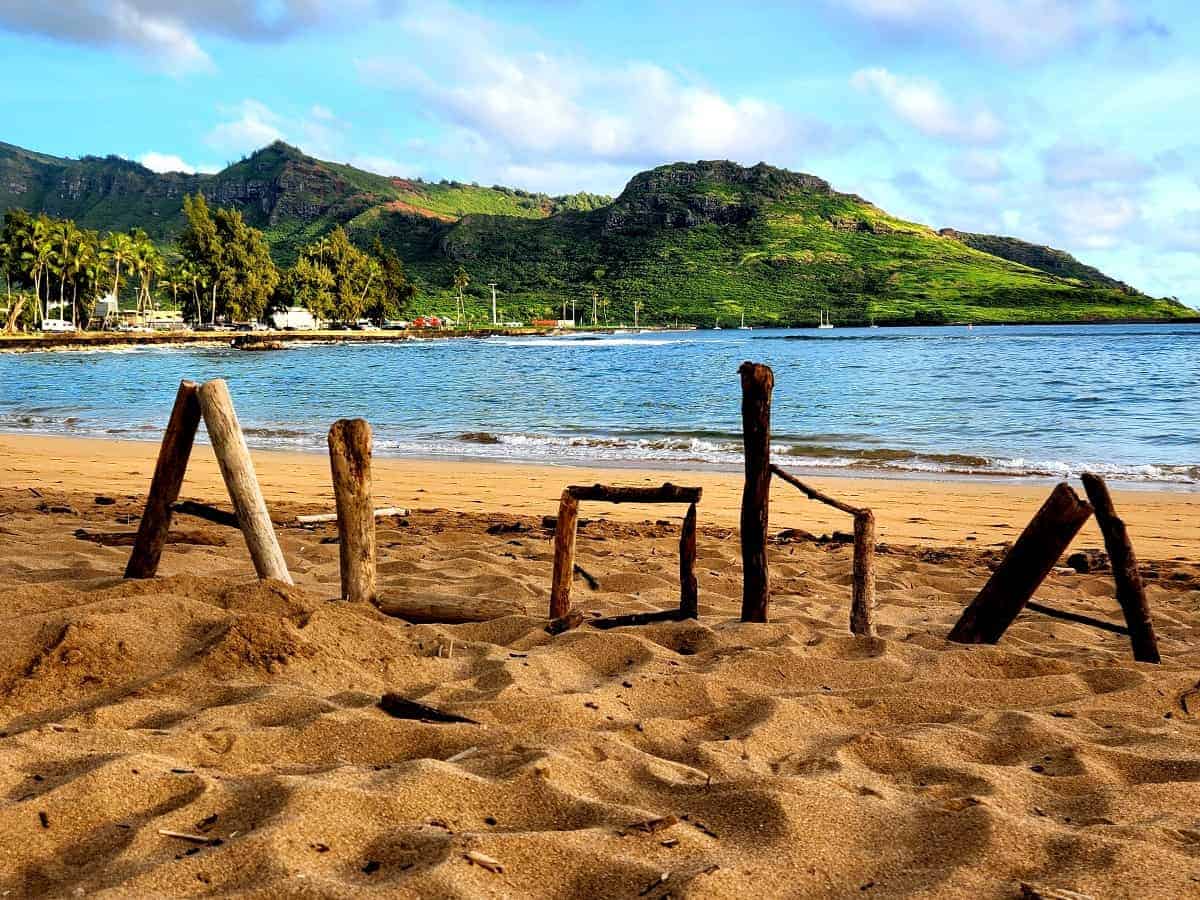
Leave a comment